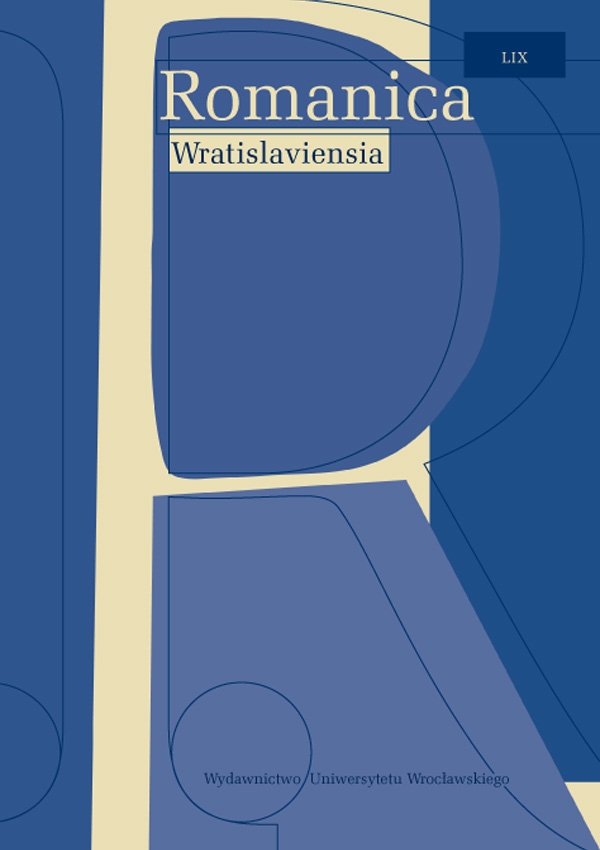

Articles

The Figure of a Translator in Contemporary Translation Studies. A Survey
In the analytical models proposed by the Translation Studies after the Cultural Turn of the
1990s, the figure of a translator as a key actor in the process of intercultural communication and a subject of culture creation, while becoming a central category, has undergone various re-definitions and re-conceptualizations. Placing the translator in the very centre of the analysis of translation and acknowledging his visibility both in the history of translations and the structure of texts, calls for rethinking of other categories in the discourse and for a new delimitation of the field of research for Translation Studies. In the present paper I compare two models of understanding of the figure and position of a translator as emerging from the works of Polish and English-language researchers, published in the 1990s and later, during the period of Cultural Turn in Translation Studies. One of these models, clearly visible in Polish research, is based on the binary opposition between the original and the translation, where the position of the translator is perceived as inferior to the one of the author. This results in an axiological and critical character of the description of the role he plays. What gains prominence are the differences between the two texts. They are inevitably treated as mistakes or imperfections the translator is blamed for. The other model I infer mainly from the work of Anglophone scholars leaves the area of purely textual analysis and looks at the figure of a translator in historical and biographical contexts, against the backdrop of his times and circumstances. Within this model translation is perceived descriptively as a creative process and not as a product to be assessed for some kind of idealized quality, so the translator is not charged with “infidelity” but seen as a decision making subject. The differences between the two models shed light on the paradigms they stem from as well as on the characteristics of the language of Translations Studies. But most of all they point to the opening or closing of further perspectives for research in translation. The aim of the present paper is to describe how the discourse of Translation Studies reveals its underlying assumptions and how the description of the figure and role of a translator informs the general analysis of translation as a cultural phenomenon.